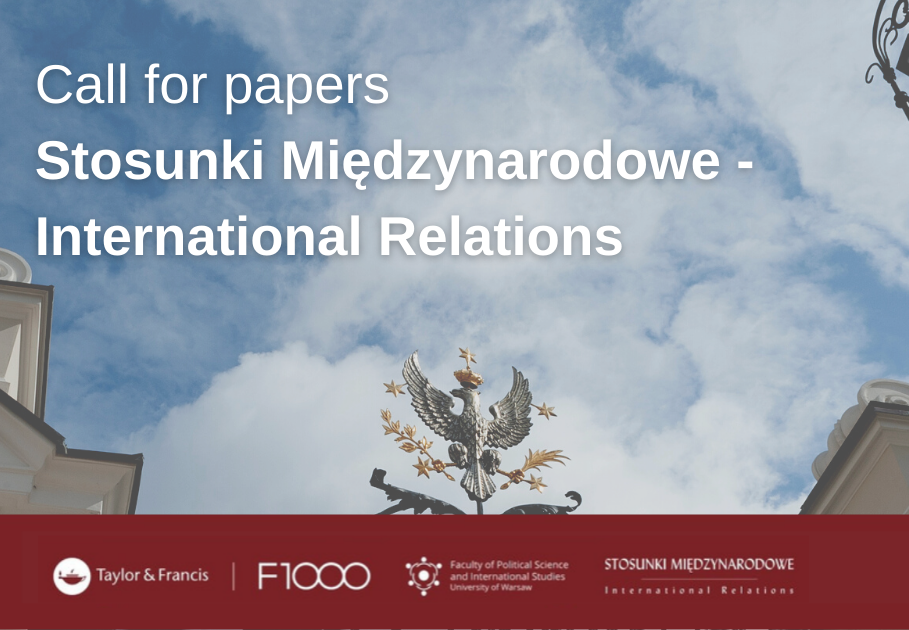About the Journal
Aims and scope
Editorial Board and Advisory Board
Ethics Policy
Privacy Policy (GDPR)
Contact
Current issue
Archive
For Authors
Call for Papers - New Publishing Platform of SM-IR
Guidelines for Authors
Formal requirements - structure of texts
Editorial requirements
Review procedure
Reviewing rules
Review process
Review procedure
Reviewing rules
Guidelines for Reviewers
Policies/Ethical Code
Contact
ARTICLE
International Tourism as an Important Component
of International Flows of People – An Outline
1
Uniwersytet Warszawski
Publication date: 2016-09-30
Stosunki Międzynarodowe – International Relations 2016;52(3):247-263
KEYWORDS
international tourisminternational flows of peopletourismtouristorganisationstravelleisuremegatrends
ABSTRACT
International flows of people, defined as all instances of movement of people in
space that go across the set boundaries of their more or less permanent domicile,
comprises international migration, refugee diasporas, small cross-border flows,
and international tourism. The changes that have been taking place in international
tourism for the last decades are so dynamic that, beyond doubt, this dynamically
developing sector of the economy and component of international relations will
soon be subject to further changes, without losing its growth rate. The development
dynamics will probably also be influenced to a significant extent by the changes
within the sphere of tourism. Even now we are witnessing a shift from domination
of supply in tourism to domination of demand. Tourists themselves increasingly
shape the demand for new tourist attractions and the ways to explore and use them.
The concept of tourism as short-term trips for pleasure or recreation has developed
in the internal flows of people to allow special treatment of temporary changes of
residence that do not involve pursuing specific economic or professional goals. Development of international tourism is facilitated by civilizational megatrends.
As shown by statistical data, in the 21st century the number of tourists crossing
borders is increasing, but so do concerns about the safety of international trips due
to terrorist threats and the perception of these threats. The role of international
tourism in the everyday lives of societies is increasing, as is its significance for
the state economies. With this, international tourism is becoming an increasingly
important component of international flows of people. The question remains,
however, whether this trend will prevail in the coming decades of the 21st century.
We process personal data collected when visiting the website. The function of obtaining information about users and their behavior is carried out by voluntarily entered information in forms and saving cookies in end devices. Data, including cookies, are used to provide services, improve the user experience and to analyze the traffic in accordance with the Privacy policy. Data are also collected and processed by Google Analytics tool (more).
You can change cookies settings in your browser. Restricted use of cookies in the browser configuration may affect some functionalities of the website.
You can change cookies settings in your browser. Restricted use of cookies in the browser configuration may affect some functionalities of the website.



